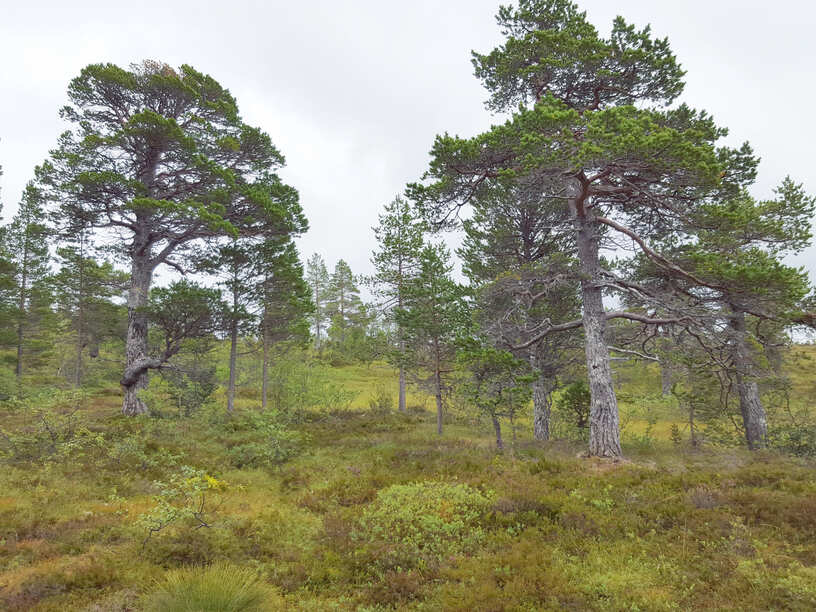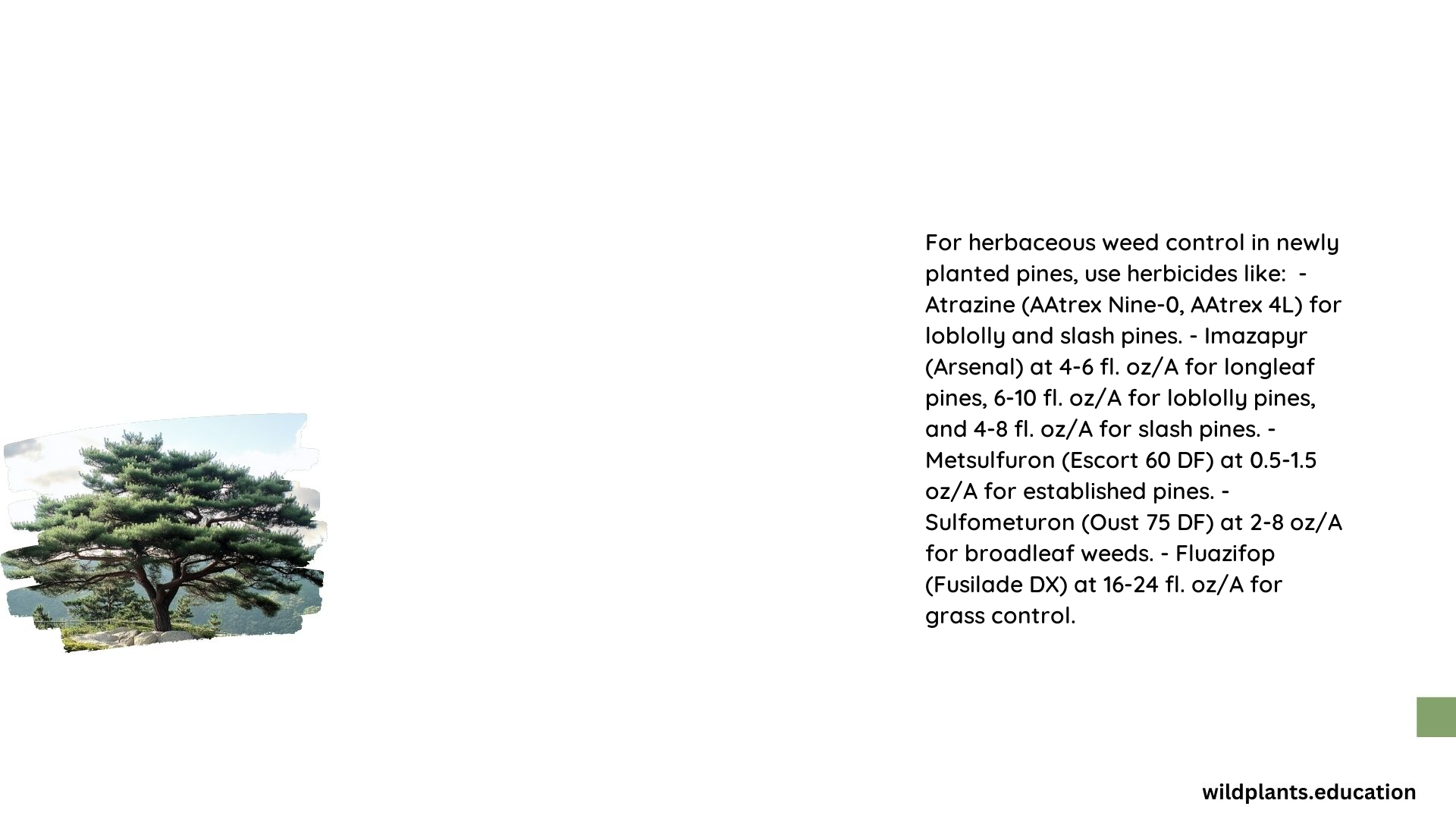When it comes to maintaining a healthy pine tree population, it’s crucial to use herbicides that won’t cause harm to these valuable plants. This comprehensive guide will explore the safe herbicide options for use around pine trees, the precautions to take, and the potential effects of herbicides on pine tree health.
What are the Safe Herbicides for Use Around Pine Trees?

Imazapyr
Imazapyr is a commonly used herbicide in pine management. It is considered safe for use around pine trees when applied at the recommended rates. Formulations like Arsenal AC and Polaris AC, which contain imazapyr, can be used safely around pine trees. The recommended application rate is 1-2 ounces per acre, and it should be applied during any season except during heavy sap flow in the spring.
Aminocyclopyrachlor
Aminocyclopyrachlor is an effective herbicide against eastern baccharis, a species that can outcompete young pines. It should be applied at 4 ounces of active ingredient per acre, typically between July and September.
Glyphosate
While glyphosate can be used around pine trees, it requires careful application to avoid damage. It is recommended to use glyphosate at a concentration of 1-2% and apply it during the growing season after full leaf expansion. Broadcast foliar or spray to wet foliage, but avoid runoff.
Is Glyphosate Safe to Use Around Mature Pine Trees?

Glyphosate can be used around mature pine trees, but it requires careful application to avoid damage. Research suggests that glyphosate can be effective in controlling weeds around pine trees without causing significant harm to the trees themselves. However, it is crucial to follow the recommended application rates and methods to minimize the risk.
What Precautions Should Be Taken When Applying Herbicides Near Pine Trees?
Buffer Zones
Maintain a buffer zone of at least 10 feet around the pine trees to prevent drift or runoff of the herbicide.
Weather Conditions
Avoid applying herbicides during windy or rainy conditions to prevent drift or runoff.
Application Techniques
Use directed applications to avoid contacting pine needles or roots. For example, use injection or hatchet frill girdle and spray bottle methods to target specific weeds while minimizing exposure to pine trees.
How Can Herbicides Affect Pine Tree Health?
Symptoms of Damage
Herbicide damage to pine trees can manifest as needle burn, reduced growth, or increased mortality.
Recovery Time
The recovery time for pine trees damaged by herbicides can vary depending on the severity of the damage and the overall health of the tree.
Long-term Impacts
Long-term impacts of herbicide use on pine tree health can include reduced growth rates, increased susceptibility to disease, and altered ecosystem dynamics.
Additional Resources
For more information on herbicide use around pine trees, consult the following resources:
- NC State University – Quick Guide to Forestry Herbicides: https://content.ces.ncsu.edu/quick-guide-to-forestry-herbicides-used-for-softwood-and-hardwood-site-preparation-and-release
- TractorByNet – Weed Control in Planted Pines: https://www.tractorbynet.com/forums/threads/weed-control-in-planted-pines.207561/
- Mississippi State University – Herbicide Options for Loblolly Pine Management: http://extension.msstate.edu/publications/herbicide-options-for-loblolly-pine-management
By following the guidelines and recommendations outlined in this article, you can effectively manage weeds around pine trees while ensuring the health and longevity of these valuable plants.
